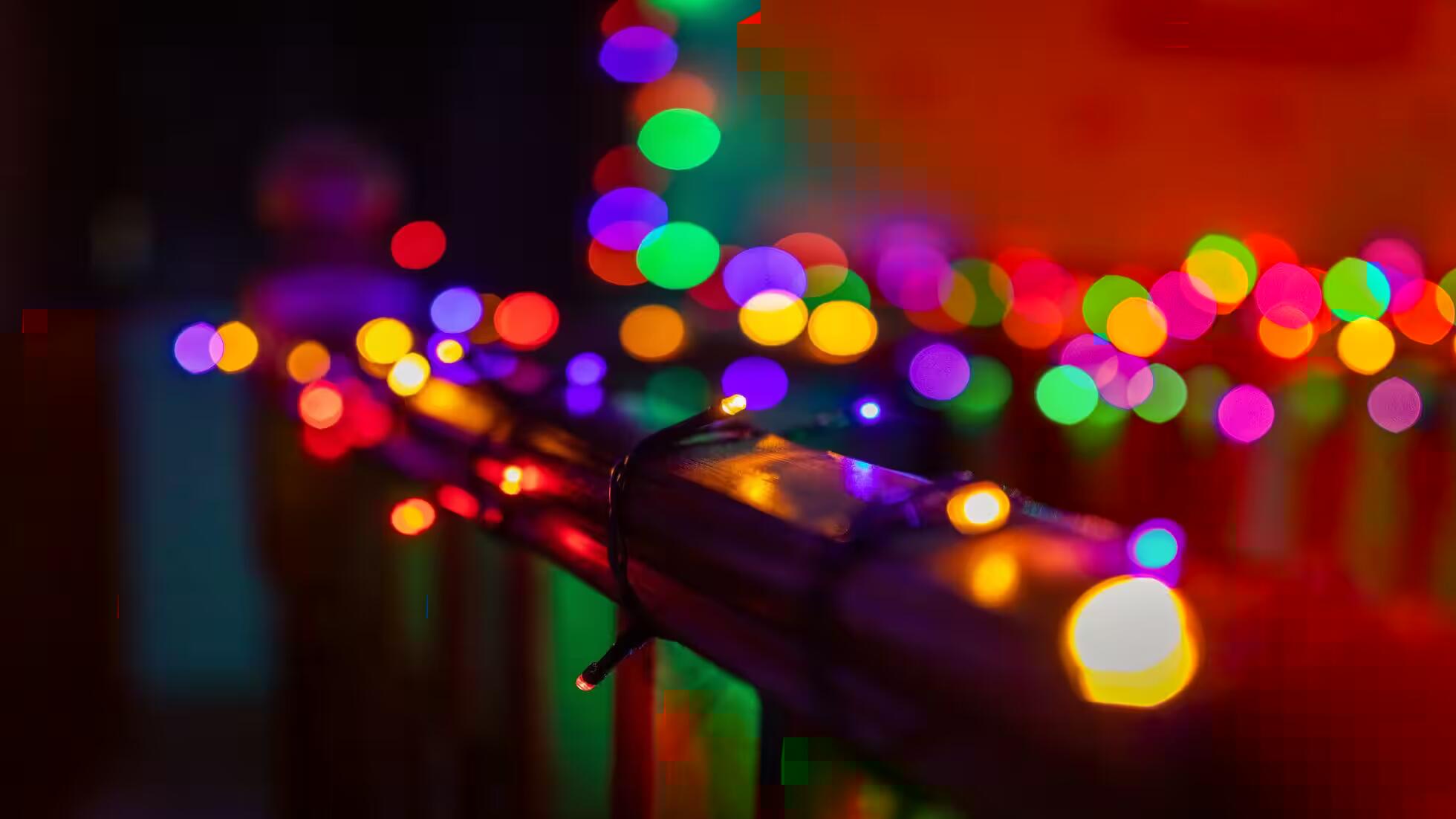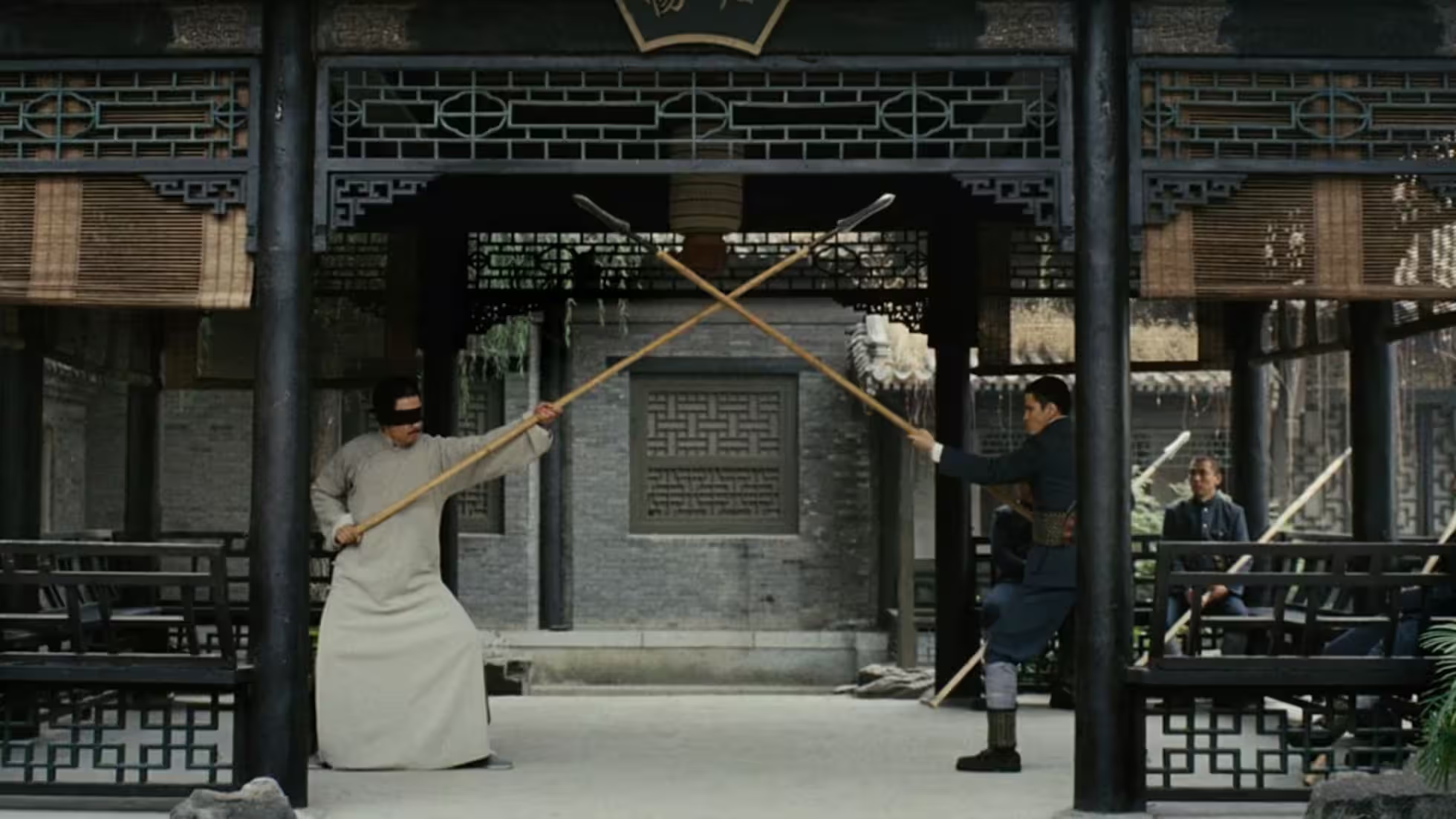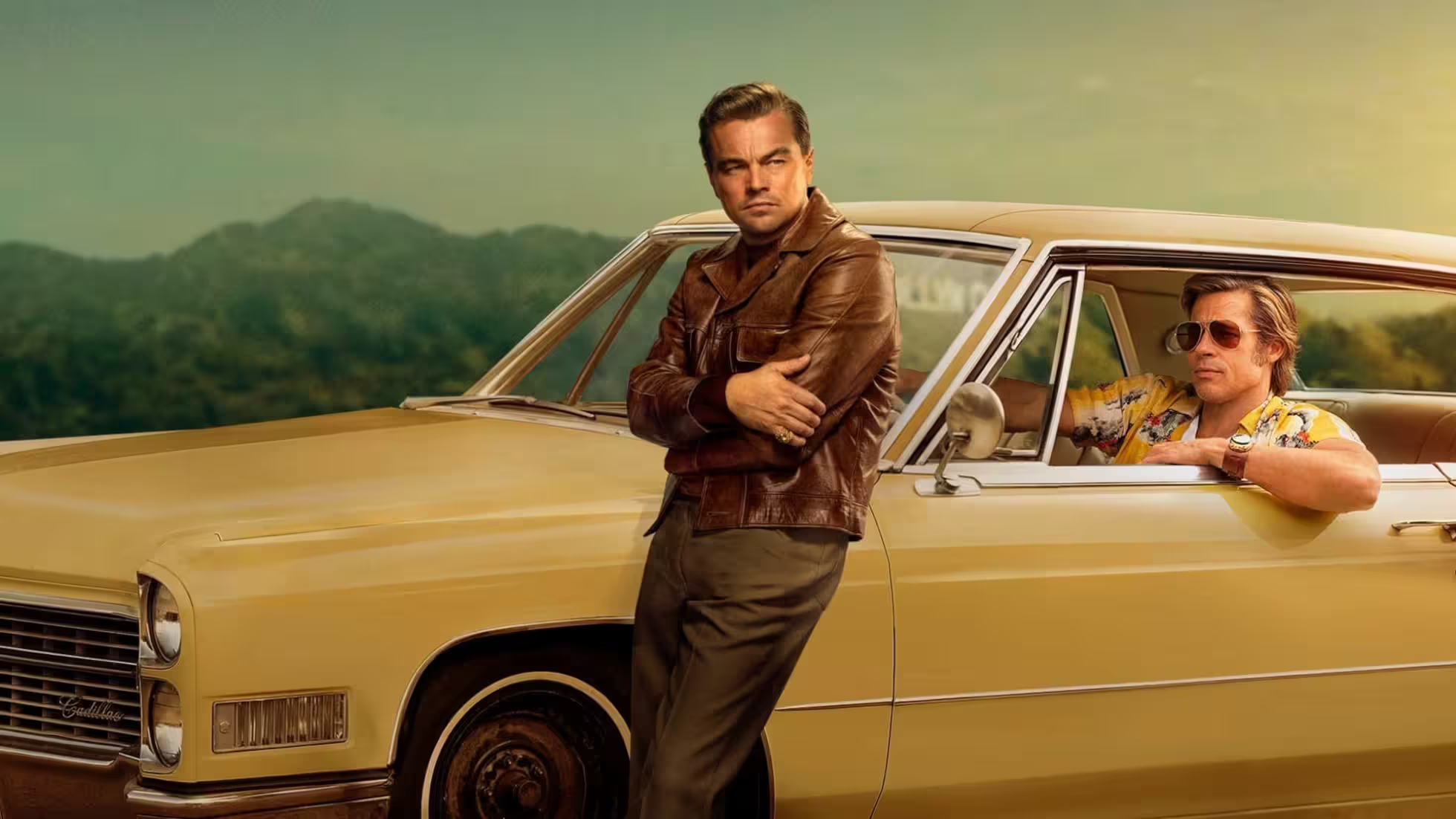Goodbye, Fireflies; Goodbye, Jiangxinzhou

I was in Nanjing today to look at a few projects and stayed near the Olympic Sports Center in the evening. Checking the map, I noticed the Yangtze River lies just outside the complex, only about a kilometer away. It was six on a summer evening, the sun still up, so I decided to walk to the river.
At the intersection of Aoti Avenue and Yangtze River Avenue, I found there was no cross street leading to the riverbank. I followed Yangtze River Avenue a while and ran into an elderly gentleman out for a stroll. He told me there was no way through—if I wanted the river, I would have to climb the railings. “I hop them every day,” he said, “keeps the legs in shape.” I followed him over four sets of railings and reached the riverside park.
After another half hour I came to a distributary channel. Dusk had settled in, and to my disappointment, a line of tall trees stood between the riverside road and the Yangtze, blocking the view. Looking left, I was delighted to spot a ferry to Jiangxinzhou. I hopped aboard; two minutes later I was on the island.
I had long heard of Jiangxinzhou. In the 1980s it was a nationally known model of modern agriculture; its grapes, watermelons, and strawberries were beloved by Nanjing locals, and the island’s farm stays were a favorite weekend retreat.
In the 1990s, plans were floated to turn Jiangxinzhou into a showcase of urban agriculture. I approved of the idea: the Yangtze runs right through Nanjing, and Jiangxinzhou sits between its two banks. If you create a 15‑square‑kilometer urban agriculture park in the middle of the city, it could, first, alleviate the urban heat‑island effect; second, preserve a green space downtown where citizens could go on weekends; and third, add a distinctive attraction to Nanjing’s tourism—Nanjing would have not only culture but also a touch of pastoral charm.
Around 2010, I heard a new vision: Jiangxinzhou was to become the “Manhattan of China,” a wealthy enclave on the Yangtze. Today I finally set foot on this 15‑square‑kilometer oasis in the lower reaches of the river to see that promised skyline for myself.
Stepping off at Qigan Ferry, the first thing I saw was a funeral‑clothing shop. I thought, perhaps the wealthy here favor traditional Chinese funerals. Two steps later, there was another funeral‑clothing shop. Competition breeds better service, I mused—how fortunate for the islanders.
Walking along Min’an Road, the streetlights dimmed; a bit farther on they flickered irregularly. The islanders are very eco‑conscious, I told myself—excellent at saving energy. By the time I reached Feiyuan Road, there were no lights at all, nor any rows of townhouses or villas in sight. Thinking back to those funeral shops, a twinge of unease crept in.
Then a few faint points of light winked ahead—will‑o’‑the‑wisps? And moving toward me. Looking closely, they were fireflies. What luck! In a metropolis like Nanjing, to still meet fireflies is a marvel. Heartened, I continued along Min’an Road to Jiangdi Road and saw quite a few more. It seems the environment on Jiangxinzhou is indeed good; at least pesticide pollution isn’t severe, or else there wouldn’t be fireflies.
Between Jiangdi Road and the Yangtze there was yet another belt of trees, so dense I couldn’t see the river five meters away. With a sigh I retraced my steps—thankfully, the fireflies kept me company the whole way back.
By then the ferry had stopped for the night, so I walked the metasequoia‑lined road for about four kilometers to Jiangxinzhou Station. At last, some 500 meters from the metro, I saw a housing development. Whether it was high‑end I couldn’t say; outside, on a patch of weeds, a few domestic cars were parked. About 200 meters farther, a giant billboard declared the island’s ambition to become a “Sky City” integrating technology and livability.
I entered the metro; it was already half past nine. I slipped into a car and rode back to the Olympic Sports Center.
Goodbye, fireflies. Goodbye, Jiangxinzhou.
Published at: Sep 15, 2025 · Modified at: Dec 11, 2025


